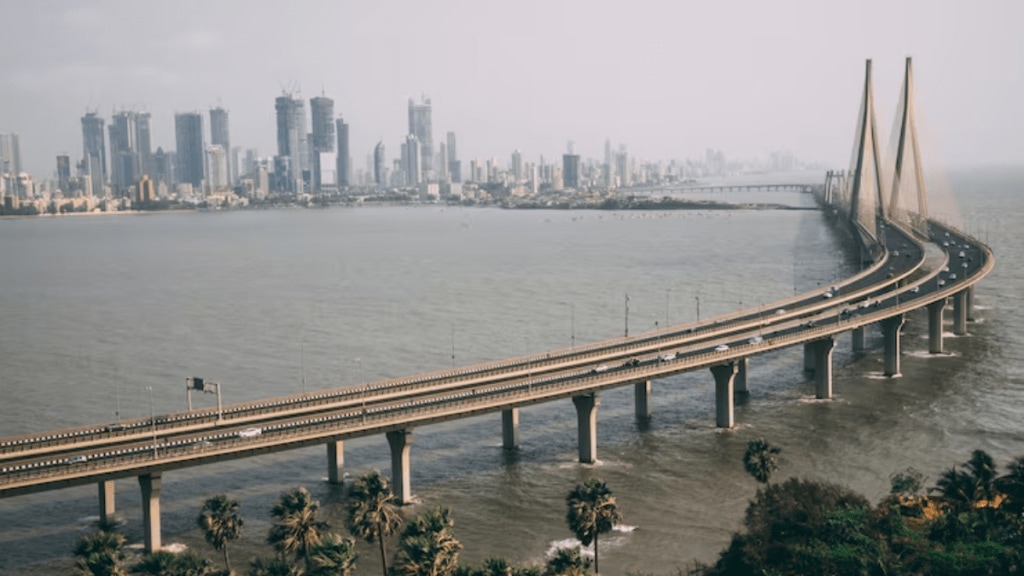A major coastal road project connecting India’s longest sea bridge, Atal Setu (Mumbai Trans Harbour Link), to the newly inaugurated Navi Mumbai International Airport (NMIA) has achieved 60 per cent physical progress, the City and Industrial Development Corporation (CIDCO) announced on Friday. The 7km, six-lane corridor, officially called the ‘Ulwe Coastal Road’, includes 5.80 km of coastal road and 0.90 km of Airport Link Road (ALR), and is expected to significantly improve regional transport infrastructure.
“The project is expected to decongest existing arterial roads and contribute significantly to the overall economic development of the region. Once completed, the Ulwe Coastal Road will stand as a landmark infrastructure project enhancing the transport network of Navi Mumbai and accelerating the pace of national economic growth,” said Vijay Singhal, vice-chairman and MD, CIDCO.
Reducing Travel Time and Traffic Congestion
The corridor is designed to seamlessly link NMIA, which is expected to commence operations from December, with key economic hubs including Jawaharlal Nehru Port Authority (JNPA) and Navi Mumbai Special Economic Zone (NMSEZ). Once operational, the coastal road is expected to ease traffic on routes such as Palm Beach Road, Amra Marg, and National Highway-348, drastically reducing travel time between South Mumbai and Navi Mumbai.
Advanced Engineering for Safety and Sustainability
CIDCO officials confirmed that the project incorporates modern engineering techniques to ensure long-term stability, including prefabricated vertical drains (PVDs), stone columns, and rock fill material sourced from the NMIA site. The corridor will feature flyovers, major bridges, and a railway overbridge to allow uninterrupted traffic flow. In addition, energy-efficient LED lighting, smart traffic management systems, anti-crash barriers, and advanced signage will enhance safety and sustainability along the entire stretch.


